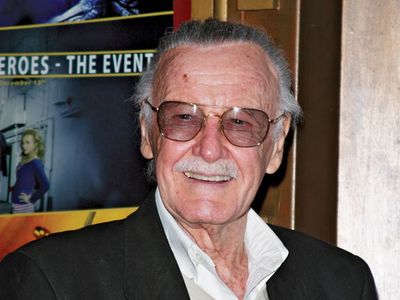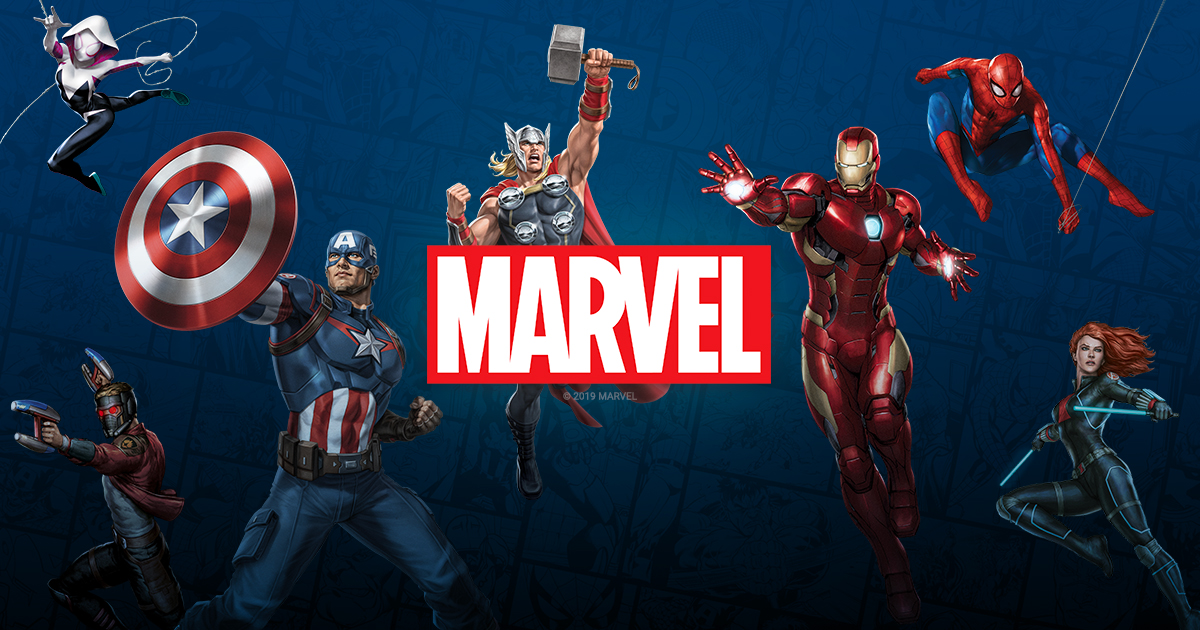Marvel Comics has come a long way from its humble beginnings in 1939 as Timely Publications, to its current status as a multi-billion dollar entertainment giant. Its success can be attributed to several factors, but perhaps the most significant is the cult following that has grown around its characters and storylines. In this article, we will explore how Marvel attained a cult following, examining the company’s history, characters, and cultural significance. Let us explore why is Marvel so successful –
The Early Years
Marvel Comics began in 1939 when Timely Publications, headed by publisher Martin Goodman, released its first comic book, Marvel Comics #1. At the time, superheroes were still a relatively new phenomenon, having only recently burst onto the scene with the debut of Superman in 1938. However, Timely’s flagship character, the Human Torch, proved to be a hit with readers, leading to the creation of several other successful heroes, including Captain America and Namor the Sub-Mariner.
Throughout the 1940s and 1950s, Marvel (then known as Atlas Comics) continued to produce popular superhero titles, as well as horror, Western, and romance comics. However, the company’s fortunes took a downturn in the late 1950s and early 1960s, as sales began to decline and the industry came under attack from anti-comics crusaders. It was at this point that Marvel began to reinvent itself.
The Marvel Revolution
In 1961, Marvel editor-in-chief Stan Lee and artist Jack Kirby created the Fantastic Four, a team of superheroes unlike any that had come before. The Fantastic Four were flawed, relatable characters with complex interpersonal relationships, and their adventures were set in the real world, rather than in some fictional universe. This approach proved to be a hit with readers, and Lee and Kirby quickly followed up with other groundbreaking titles, including The Hulk, Thor, Iron Man, and Spider-Man.

What set these characters apart from their predecessors was their humanity. They had flaws, they made mistakes, and they struggled with everyday problems, just like real people. This approach was a departure from the idealized, infallible superheroes of the past, and it struck a chord with readers, particularly younger ones.
Marvel’s success continued throughout the 1960s and into the 1970s, as the company’s stable of characters continued to grow and evolve. The X-Men, created by Lee and artist Jack Kirby in 1963, tackled issues of prejudice and discrimination, while Spider-Man, created by Lee and artist Steve Ditko in 1962, dealt with the angst and isolation of adolescence.
The Marvel Cinematic Universe
While Marvel’s comic book division continued to thrive, the company began to expand into other media in the 1990s and 2000s. Marvel Comics became Marvel Entertainment, and the company began to produce TV shows, movies, and video games featuring its characters. However, it wasn’t until the release of 2008’s Iron Man that Marvel’s fortunes truly skyrocketed.
Iron Man was the first film in what would become the Marvel Cinematic Universe (MCU), a series of interconnected movies featuring Marvel’s most popular characters. The success of Iron Man led to the release of several other MCU films, including Thor, Captain America, and The Avengers, all of which were critical and commercial successes. The MCU became a cultural phenomenon, with fans eagerly anticipating each new release and dissecting every detail.
The Role of Marvel’s Characters
One of the key factors behind Marvel’s cult following is the strength of its characters. Marvel has always been known for creating complex, flawed, and relatable heroes and villains. For example, the X-Men are a group of mutants who are feared and hated by society because they are different. This storyline has resonated with readers and viewers because it reflects real-world issues of prejudice and discrimination.
Similarly, Spider-Man is a relatable hero who struggles with everyday problems, such as balancing his superhero responsibilities with his personal life. This relatability has made him a favorite of younger audiences and has helped him to maintain his popularity for over half a century.
Marvel’s villains are also memorable and well-developed characters. Many of them are sympathetic figures who are driven to villainy by circumstances beyond their control. For example, Magneto, the arch-nemesis of the X-Men, is a Holocaust survivor who believes that mutants should rule the world in order to prevent a repeat of the atrocities he witnessed as a child.
The Role of Social Commentary
Marvel’s success can also be attributed to its willingness to tackle social issues in its comics and films. Many of Marvel’s most iconic characters were created during the Civil Rights era, and their stories often dealt with issues of racism and inequality. The X-Men, for example, were created as a metaphor for the Civil Rights movement, with Professor X and Magneto representing the opposing philosophies of Martin Luther King Jr. and Malcolm X.
In more recent years, Marvel has continued to tackle social issues in its comics and films. Black Panther, for example, was celebrated for its portrayal of a powerful African nation, while also addressing themes of colonization, identity, and representation. The Captain America series has also addressed issues such as government surveillance, nationalism, and freedom.
Marvel’s willingness to engage with social issues has helped to make its characters and stories more relevant and resonant with audiences. This approach has also helped Marvel to stay ahead of the curve, as social issues have become increasingly prominent in popular culture in recent years.
The Role of Fan Culture
Another key factor in Marvel’s cult following is the role of fan culture. Marvel has always had a passionate fan base, with readers and viewers discussing and debating its characters and storylines. With the rise of social media, fan culture has become more visible and influential than ever before.
Marvel has capitalized on this fan culture by creating a sense of community around its characters and stories. The company has embraced fan events, such as Comic-Con and D23 Expo, as opportunities to interact with fans and build excitement for its upcoming releases. Marvel has also encouraged fan art and fan fiction, giving fans the opportunity to engage with its characters in new and creative ways.
Also Read: The Walt Disney Company – A Conglomerate Beyond Mickey Mouse And Marvel Studios
Marvel has attained a cult following by creating compelling and complex characters that are relatable to audiences. Additionally, Marvel’s willingness to tackle social issues in its comics and films has made its stories more relevant and resonant with viewers. Lastly, the role of fan culture has helped to create a sense of community and excitement around Marvel’s characters and stories, inspiring passionate devotion from its fans. With the continued expansion of the Marvel universe across various media, it will be fascinating to see how the company will continue to engage with its fans and evolve its stories to maintain its cult following.
To read more content like this, subscribe to our newsletter
Go to the full page to view and submit the form.

